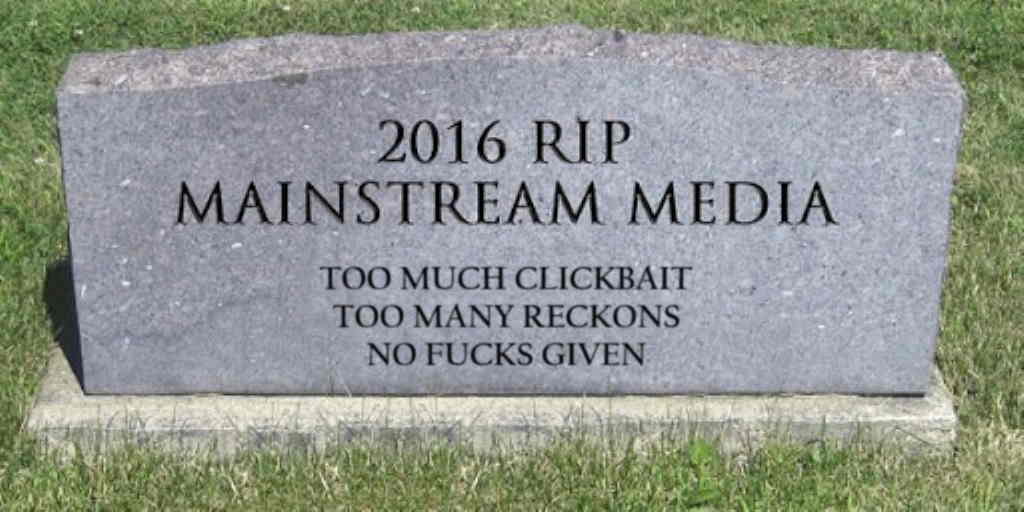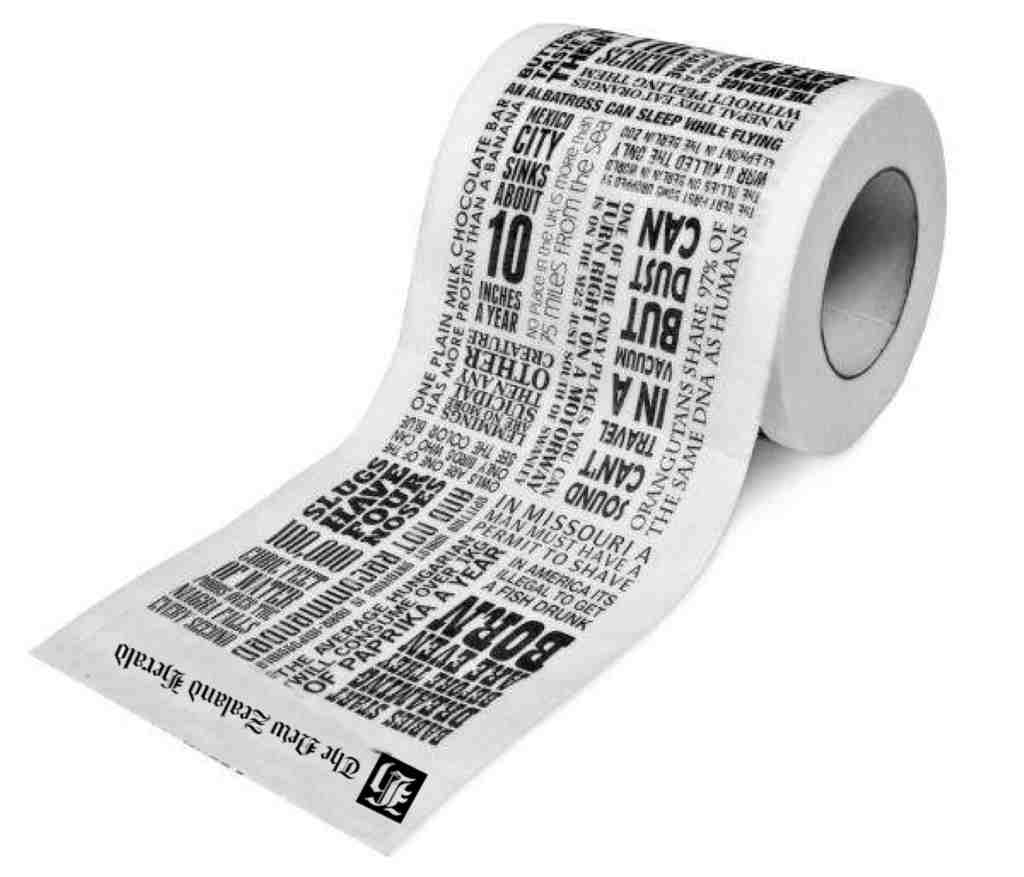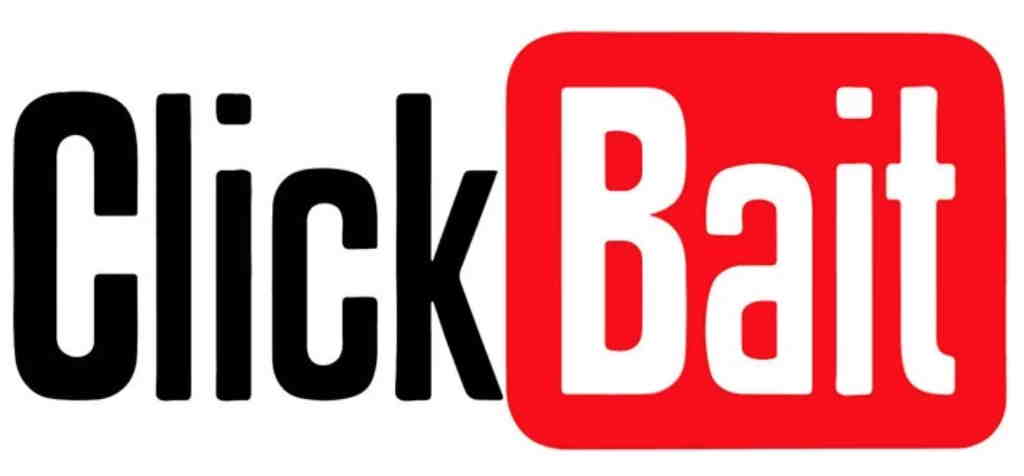PAT PILCHER examines the parlous state of New Zealand media and provides some solutions to a looming disaster.

One of the uglier sides of the Covid-19 lockdown has been the meltdown of New Zealand’s print media. What caused it? Is it fixable? Let’s take a look.
Things have not been good for New Zealand’s print media for some time. Stuff and the NZ Herald lobbied regulators for approval to merge, arguing their lack of scale meant that they could soon become non-viable.
But it wasn’t only the two big newspapers that had problems. Bauer Media (who accounted for 30 percent of New Zealand’s total print media) announced they were pulling out of NZ a few days after lockdown. At the same time, Stuff and the Herald sacked freelancers and terminated contracts with journalists.

The shambolic state of New Zealand’s media is bad news for the rest of New Zealand. The Press plays a vital role in any functioning democracy. In New Zealand it keeps us informed of local and international happenings. It also operates as a watchdog, holding the Government and big business to account. Most important of all, the media gives New Zealanders a voice. It highlights what is uniquely Kiwi about NZ’s culture.
So, how did New Zealand come to teeter on the edge of this media abyss? There is no one answer. The state of our media is the result of many contributing factors.
Foreign ownership of most of NZ’s major newspapers plays a significant part in the puzzle. All NZ’s big print media outlets are foreign-owned. New Zealand’s largest newspaper, the NZ Herald, is part of NZME – born out of the merger between APN and The Radio Network and part of the Australian Radio Network. NZME reaches an audience of over three million people.

Stuff operates NZ’s largest news website, Stuff.co.nz. They publish nine newspapers. Stuff was part of INL until they got sold to Fairfax Media (an Australian company). In 2018, Fairfax merged with Australia’s Nine Entertainment.
So in effect, we have a cosy foreign-owned newspaper duopoly. Based on their track records to date, it’d be fair to say that multinational owners of our newspapers don’t care much about all this Fourth Estate stuff. Nor do they care terribly about providing a New Zealand voice to enrich our culture.
NZ content has also suffered under foreign newspaper ownership. While big local stories continue to get plenty of coverage, less prominent NZ perspectives are often passed over in favour of cheaper reprinted stories from offshore papers also owned by multinationals.
The other big issue in the mediascape has been the rise of tech and its impact on editorial content. Newspapers have always relied on classified/print advertisements for income. With the advent of the internet and the rise of sites such as TradeMe, print classified adverts soon died and newspaper incomes slumped. Stuff and the NZ Herald embraced an online model, but the damage was already done and revenues had already shrunk.
Moving online also meant newspapers began to peddle online adverts to stay afloat. These are reliant on readers clicking a link to a story with embedded adverts. This generates what gets called in industry-speak, click-through revenue. Newspapers began to drive people to stories using sensationalist headlines that often have little relation to actual content so they could generate income from online adverts.

Over time, this has also seen a marked deterioration in editorial quality. The types of stories given the green light are often sensationalist or those intended to spark outrage. Both of these generate a healthy dollop of click-through revenue as readers click to read or express opinions in comments sections. This editorial direction also often saw fact replaced with opinion as punditry – more often than not from the hard-right – claimed a growing slice of the editorial content cake.
Nowadays, media personalities (who are often entirely unqualified to give opinions on the matter at hand) drown out reasoned and researched reporting. Investigative journalism is on the ropes, and we’re becoming so much the poorer for it.
The irony is that smaller independent online media is benefitting as readers migrate to them for a higher quality news fix.
The elephants in the media room are the massive online mega services such as Facebook and Google. Their scale dwarfs that of NZ media. They’re where advertisers want to spend money while revenues tank in local media. Adding insult to injury, a sizeable chunk of this money doesn’t even stay in New Zealand. It could help to keep journalists, editors and photographers employed. Adding insult to injury, both Google and Facebook frequently reuse and make money by displaying partial pieces of locally made news stories on their platforms.
With all this bubbling away in the background, it was no big surprise that the Covid-19 lockdown was the straw that broke the camel’s back. Non-essential businesses were unable to operate so they couldn’t advertise. For media companies running on the smell of a sparsely oiled rag, it meant cutting costs or folding. The media meltdown was underway.
So, how to fix the downward spiral of death in New Zealand’s media?
In Australia, regulators had been grappling with this issue for some time. The Australian Competition and Consumer Commission (ACCC) approached Google and Facebook. They wanted to work with them to develop a voluntary code of conduct. Getting nowhere, they resorted to regulatory measures instead. Based on the Australian experience, a similar approach in New Zealand is also likely to be unsuccessful. Could it be that a similar regulatory solution is needed in New Zealand too?

But what would this look like? There are no simple answers. The issues afflicting New Zealand’s media are many, which means several solutions are likely the best solution. Here’s what the good Witchdoctor prescribes for what ails NZs media:
1) Regulate foreign media ownership. Multinational media companies in NZ should have at least 51 percent of their local executive boards represented by New Zealanders.
The dictates of NZ don’t figure much in multinational media decision-making processes. Having Kiwis involved at an executive level might help to drive more of a New Zealand focus.
2) A mandatory code of conduct. This should cover local vs syndicated content and search algorithms.
In NZ, media operates like the Wild West. A code of conduct could help to ensure that media in NZ is representative of our unique perspectives and that NZ journalism gets greater protection.
3) A quota system for NZ-produced content.
A quota system could nurture quality New Zealand journalism. It’d also play an instrumental role in rebuilding the Fourth estate.
4) Follow the Australian example. Mandate that Google, Facebook and online services using NZ produced content from other media outlets give a percentage of local ad revenues earned from related click-through back to NZ media outlets.
Regulating foreign-owned online players to share a small percentage of revenues earned from click- through to stories they’ve used could ensure they are less able to misuse their market power. This could also help prevent damage to local media.
Are these solutions workable? What else do you think is needed to fix NZ’s media? Let Witchdoctor know in the comments section.










